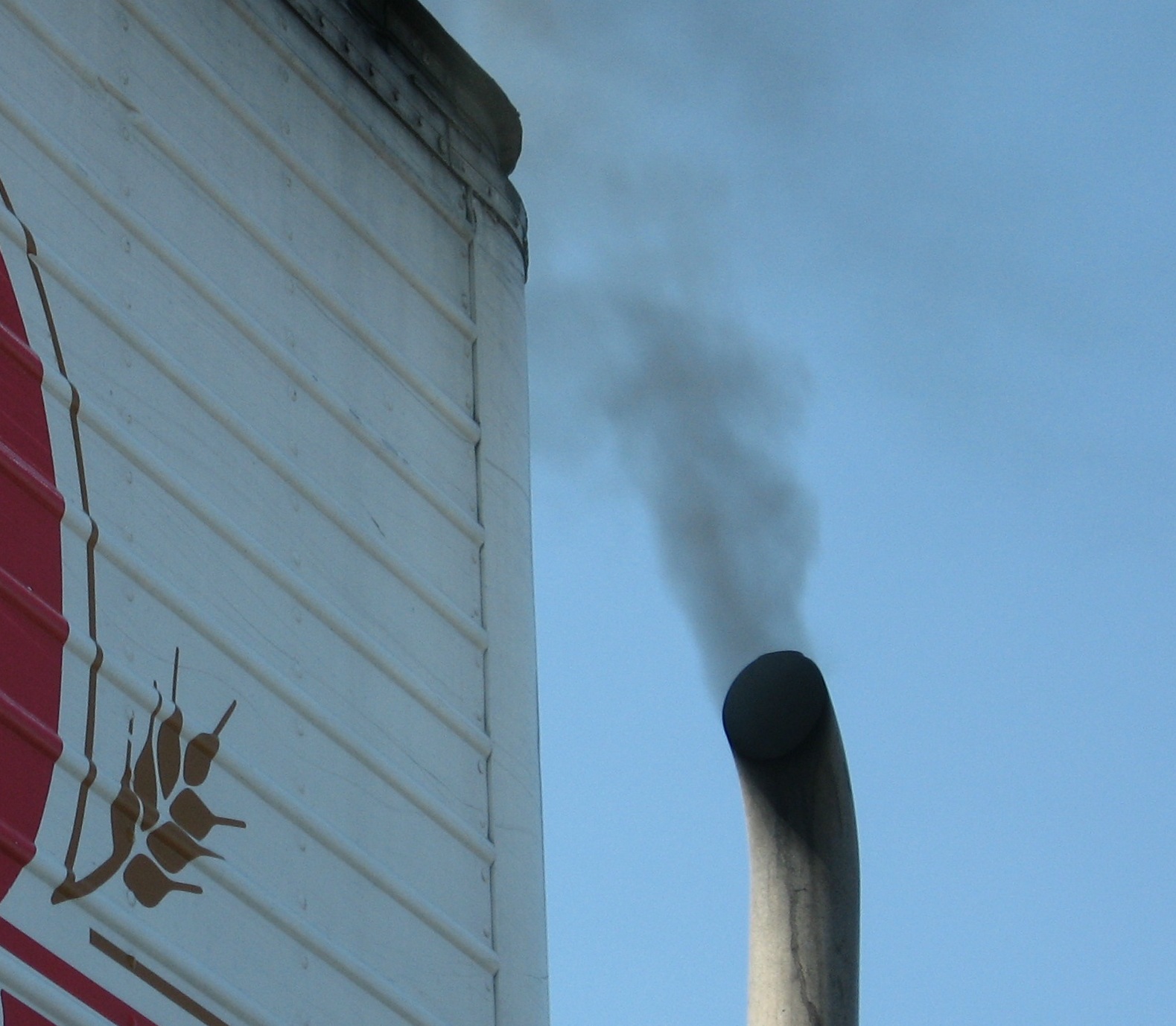Are we too focused on CO2?

While carbon dioxide reductions are at the heart of efforts in California to curb greenhouse gas emissions, state air regulators were reminded in a hearing on Thursday not to overlook a number of other “short-lived” greenhouse pollutants in meeting targets outlined under AB 32, the state’s Global Warming Solutions Act.
A panel of noted scientists was on hand, several from California universities and research labs, to discuss the effects of black carbon, methane and hydrofluourocarbons on regional and global climate. Short-lived pollutants such as these are estimated to comprise more than a third of overall global climate warming emissions. (Carbon dioxide, by comparison, makes up 56% of total global greenhouse emissions.)
“Since carbon dioxide represents the majority of greenhouse gas emissions and is long-lived, reducing carbon dioxide emissions is essential to meeting the climate program goals,” said California Air Resources Board executive officer James Goldstein. But since carbon remains in the atmosphere for centuries, Goldstein said, reduction efforts will be slow. “In contrast, the short-lived climate pollutants have a relatively short lifetime in the atmosphere, from a few days to a few decades. As a result, near-term efforts to reduce these pollutants can have a more immediate impact.”
Mark Jacobson, director of the Atmosphere/Energy program at Stanford University, pointed out that black carbon, or soot, commonly emitted in the burning of wood or diesel fuel, is a powerful absorber of infrared radiation, which it then re-radiates into the air around it. For an equivalent mass, said Jacobson, black carbon is more than a million times more potent than CO2 as an atmospheric warming agent.
But it’s not merely the “forcing” properties of black carbon that Jacobson says is concerning – it’s its ability to alter the reflectivity of things it lands on, such as polar ice caps and glaciers. “[Reducing black carbon] will be very important when we begin thinking about saving the Arctic sea ice, which is expected to disappear otherwise in the next 20 or 30 years,” said Jacobson.
Methane is also a key concern, especially with California’s large agricultural and energy sectors. (In the atmosphere, methane combines with nitrogen oxide and carbon monoxide to form tropospheric ozone, a pollutant and greenhouse gas.)
[module align=”left” width=”half” type=”pull-quote”]…estimates of methane emissions could be off by “as much as 100 percent.”[/module]
A key challenge pointed out by the panelists is that the sources of methane are still not well documented, particularly in the developing world. “The sources are not readily metered in the same way fossil fuel emissions are metered,” said Marc Fischer, a scientist at Lawrence Berkeley National Laboratory. He pointed to a previous study by the National Research Council that showed that regional estimates of methane emissions could be off by “as much as 100 percent.”
On Saturday, during a meeting at Camp David, leaders of the G8 nations announced that they were joining the U.S.-led Climate and Clean Air Coalition to Reduce Short-Lived Pollutants, established in February. According to Erika Sasser, a spokesperson with the EPA Office of Atmospheric Programs, Indian leaders have expressed concern about the intent of members of the coalition from developed nations, particularly those with cap-and-trade schemes that allow the purchase of offsets in developing countries.
“There is a feeling that the developed countries have not done what they should on CO2, and now they are turning their attention to short-term [pollutants],” Sasser said. She cautioned that reducing short-lived pollutants is not a substitute for long-term carbon dioxide emission reductions in the developed world.
In terms of short-lived pollutants, California has passed laws requiring inspections and limiting particulate emissions from diesel trucks and cars. Over the years, the air board has also adopted rules to limit hydroflurocarbons in air conditioners in trucks and cars and commercial cooling systems. As for methane, the state has focused on, among other things, recapture of emissions from landfills and reductions from dairy operations.
2 thoughts on “Getting Serious About the “Other” Greenhouse Gases”
Comments are closed.

plants need to absorb a greater portion of water because they are photosynthesising at a far greater rate. The plants will also need a greater level of nutrients to fuel their growth.
So do any of these experts know how many people will be thrown out of work when these gases are controlled? We see the coal industry and coal-fired power, and the industries they support are being killed by CO2 controls and the schedule for tougher controls, with consequent staggering job losses and economic decline.